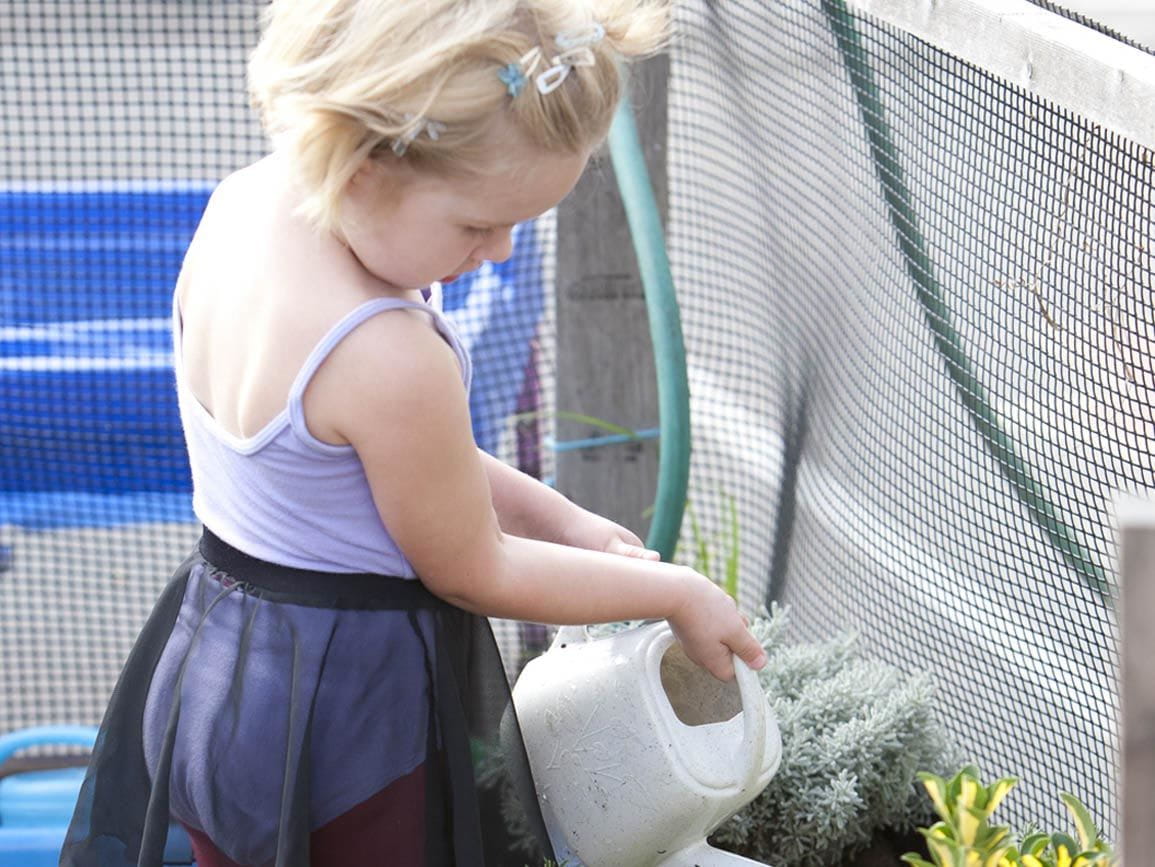Learning How to Ride a Bike
Get the right size bike. This is critical for safety, and a smaller bike is almost always better than a bigger one. Your child should be able to stand over the top bar with both feet planted on the ground, and easily reach the handlebars while seated.
Go at your child’s speed. Some kids learn to ride a bike as early as age four, while others are well into elementary school. This wide variation in age is mostly due to differences in development and temperament. Children with strong motor skills and fearless personalities are more likely to learn to ride their bikes early. Another factor to consider is how interested your child is in learning how to ride a bike. Don’t worry if your child is slow to ride a bike. Focus on having fun together and learning bike safety.
Take it one step at a time. Learning to ride a bike is a big achievement because it combines so many skills. Children must learn to balance, steer, pedal, and brake. Start with getting on and off the bike and using the kickstand. Move on to balancing and steering—balance bikes can be helpful for this stage—or remove the pedals from a regular bike. Choose a safe, open area, such as an empty school parking lot. Once your child’s mastered balancing and steering, add pedaling and braking. Try practicing for just 10 to 20 minutes at a time, or as long as your child’s interested.
Bike Safety for Kids
Wear a helmet. A helmet is a must, from the very first lesson. The front of the helmet should sit about ½ to 1 inch above your child’s eyebrows. Adjust the straps so the helmet fastens securely and doesn’t rock back and forth. You should be able to slip one finger between the chin strap and the chin. Elbow and knee pads and long pants are also a good idea. Make sure shoes are tied and laces tucked in.
Make biking a family activity. Children learn best by doing and by watching others, so take plenty of bike rides together. Check the tires, brakes, and chains before you leave and be sure to pack water, sunscreen, and basic bike tools. Model safe biking behavior and keep it fun. Stop before your child’s tired.
Teach the rules of the road. Teach your child to be aware of their surroundings. Go with the traffic flow, use bike hand signals, and slow down before entering intersections. Follow all traffic signs and lights and make eye contact with drivers to make sure they see you.
Every child’s different so it’s important to adjust your teaching to fit your child’s needs. A risk-taking adventurer will likely need more training about safety; a child who’s anxious about riding a bike might need more encouragement. Focus on building lifelong healthy habits and positive relationships with your child and you’ll find the right approach.
More on Kids’ Safety
- Make sure to keep these summer safety tips in mind to protect and keep your children safe!
- Discover books and resources to teach kids about germs and how to stay safe and clean.
- Whether your child’s watching TV, using a tablet, or doing internet research, safe technology use is incredibly important. Find out how you can help your child build digital citizenship skills.





